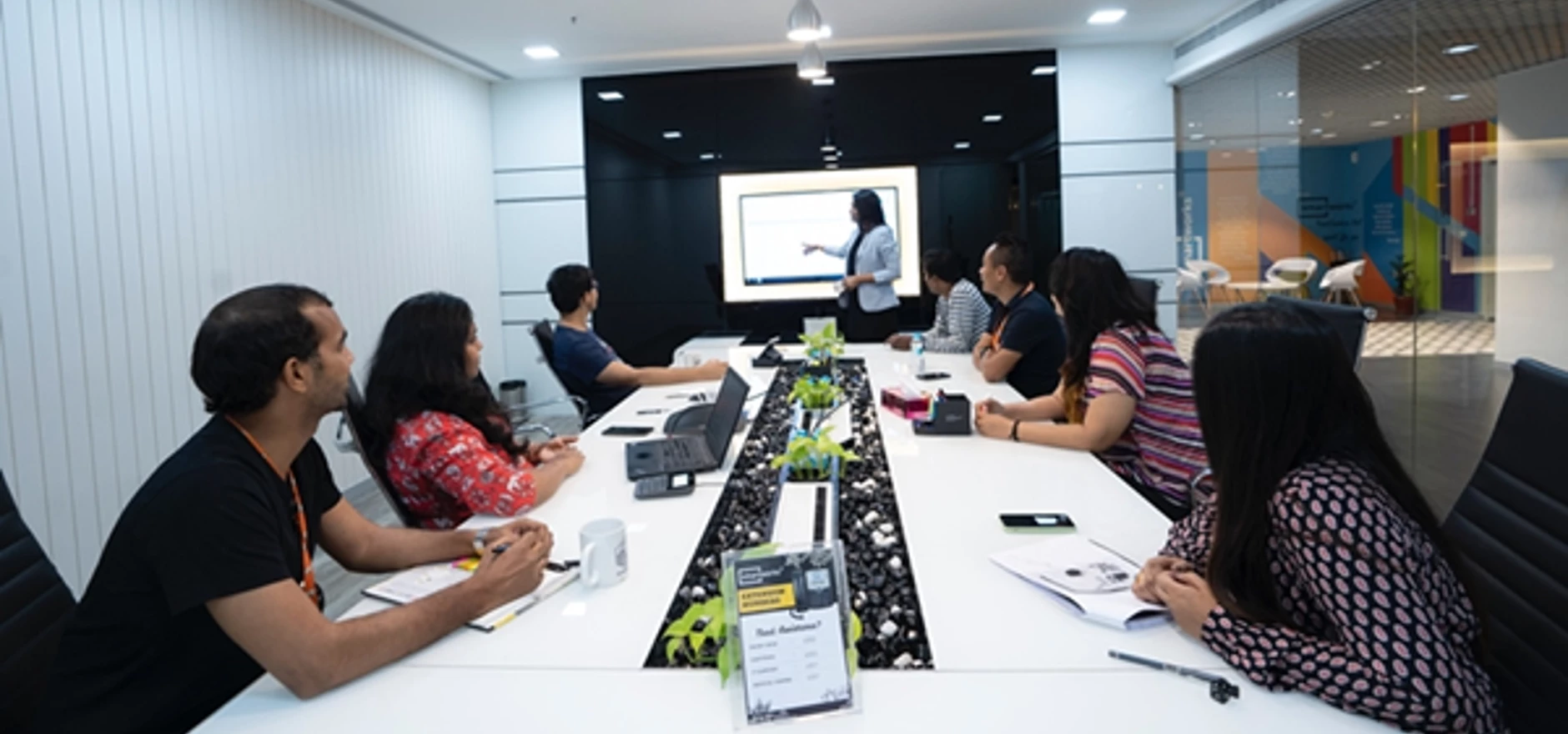
Partner Article
What is the Difference Between a Boardroom and a Meeting Room?
In the corporate world, both boardrooms and meeting rooms serve as crucial spaces for collaboration and discussion. But beneath the surface, key differences exist in their purpose, design, and atmosphere. Understanding these distinctions can help businesses optimise their use of these valuable spaces.
Purpose:
- Boardroom: This is the executive suite's heart. Boardrooms typically host high-level meetings involving a company's board of directors or senior management. Here, strategic decisions are made, financial reports are analysed, and the company's future is charted.
- Meeting Room: A more general-purpose space, meeting rooms can host various types of gatherings. Brainstorming sessions, team project discussions, client presentations, and departmental meetings are all commonly held in meeting rooms.
Size and Design:
- Boardroom: Think intimate and exclusive. Boardrooms are generally smaller than meeting rooms, comfortably accommodating 8–20 people around a large central table. This layout fosters focused discussion and equal participation among all members. High-quality furnishings, like comfortable executive chairs, often enhance the air of importance.
- Meeting Room: Meeting rooms come in various sizes, catering to a wider range of attendees. A small meeting room might seat 4-6 people, while a larger one could hold 20 or more. The layout is often flexible, with tables and chairs arranged depending on the meeting's needs.
Technology and Amenities:
- Boardroom: Given the high-stakes nature of board meetings, advanced technology is often integrated. Large screens, video conferencing capabilities, and high-quality sound systems facilitate presentations, remote participation, and clear communication. Whiteboards or digital displays might also be present to aid brainstorming and note-taking.
- Meeting Room: The level of technology varies depending on the company and the typical use of the meeting room. Basic meeting rooms might have a projector and screen, while others might have video conferencing or whiteboards.
Ambiance:
- Boardroom: The atmosphere is formal and serious. The focus is on achieving clear goals and making well-informed decisions.
- Meeting Room: The ambiance can be more casual, depending on the nature of the meeting. Brainstorming sessions might be more relaxed, while client presentations might have a more formal air.
In Conclusion:
While both boardrooms and meeting rooms foster collaboration, their unique characteristics cater to distinct purposes. Understanding these differences allows businesses to allocate resources effectively. Boardrooms become centres for strategic decision-making, while meeting rooms serve a multitude of collaborative functions. Ultimately, having a well-equipped and designated space for each type of meeting helps organisations thrive.
This was posted in Bdaily's Members' News section by Weblinx .
Enjoy the read? Get Bdaily delivered.
Sign up to receive our popular morning National email for free.








 How to make your growth strategy deliver in 2026
How to make your growth strategy deliver in 2026
 Powering a new wave of regional screen indies
Powering a new wave of regional screen indies
 A new year and a new outlook for property scene
A new year and a new outlook for property scene
 Zero per cent - but maximum brand exposure
Zero per cent - but maximum brand exposure
 We don’t talk about money stress enough
We don’t talk about money stress enough
 A year of resilience, growth and collaboration
A year of resilience, growth and collaboration
 Apprenticeships: Lower standards risk safety
Apprenticeships: Lower standards risk safety
 Keeping it reel: Creating video in an authenticity era
Keeping it reel: Creating video in an authenticity era
 Budget: Creating a more vibrant market economy
Budget: Creating a more vibrant market economy
 Celebrating excellence and community support
Celebrating excellence and community support
 The value of nurturing homegrown innovation
The value of nurturing homegrown innovation
 A dynamic, fair and innovative economy
A dynamic, fair and innovative economy